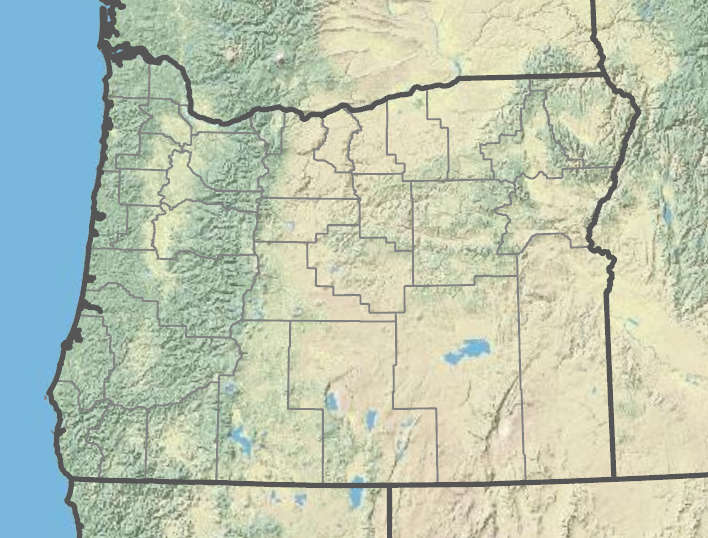|
frog rush
|
| Plants annual, 3–10(17)cm tall, branched. |
usually less than 1 mm wide; stem leaves usually 1–2. |
cymose; flowers solitary at nodes. |
tepals 6, green to light brown; outer tepals usually 4–5 mm; inner more or less blunt; stamens 6; filaments 0.7– 1.5 mm; anthers 0.4–0.8 mm; styles 0.3–0.4 mm. |
usually truncate (blunt to subacute); (shorter than) more or less equaling inner tepals, brown, 1-chambered. |
0.35–0.5 × 0.25–0.35 mm, apiculate. |
=34. |
|
|
|
|
Moist clay, stream banks, disturbed wet ground. 0–2000m. BR. CA; scattered across North America; North Africa, Eurasia. Exotic. Juncus ranarius is similar to J. bufonius, as well as Eurasian J. ambiguus, a misapplied name in our flora. The taxonomy of these species is controversial (Balslev 1996), and the complex needs worldwide revision. It is presumably exotic in North America and easily overlooked. |
Flora of Oregon, volume 1, page 283
Peter Zika |
J. acuminatus, J. anthelatus, J. articulatus, J. balticus, J. bolanderi, J. brevicaudatus, J. breweri, J. bryoides, J. bufonius, J. bulbosus, J. canadensis, J. capillaris, J. capitatus, J. compressus, J. confusus, J. conglomeratus, J. covillei, J. diffusissimus, J. drummondii, J. dudleyi, J. effusus, J. ensifolius, J. ensifolius x Juncus nevadensis, J. exiguus, J. falcatus, J. filiformis, J. gerardi, J. hemiendytus, J. hesperius, J. howellii, J. inflexus, J. interior, J. kelloggii, J. laccatus, J. lescurii, J. longistylis, J. marginatus, J. mertensianus, J. mexicanus, J. nevadensis, J. occidentalis, J. orthophyllus, J. oxymeris, J. parryi, J. patens, J. pelocarpus, J. planifolius, J. regelii, J. saximontanus, J. supiniformis, J. tenuis, J. tiehmii, J. torreyi, J. triglumis, J. trilocularis, J. uncialis |
| Juncus ambiguus, Juncus bufonius var. halophilus |
|
